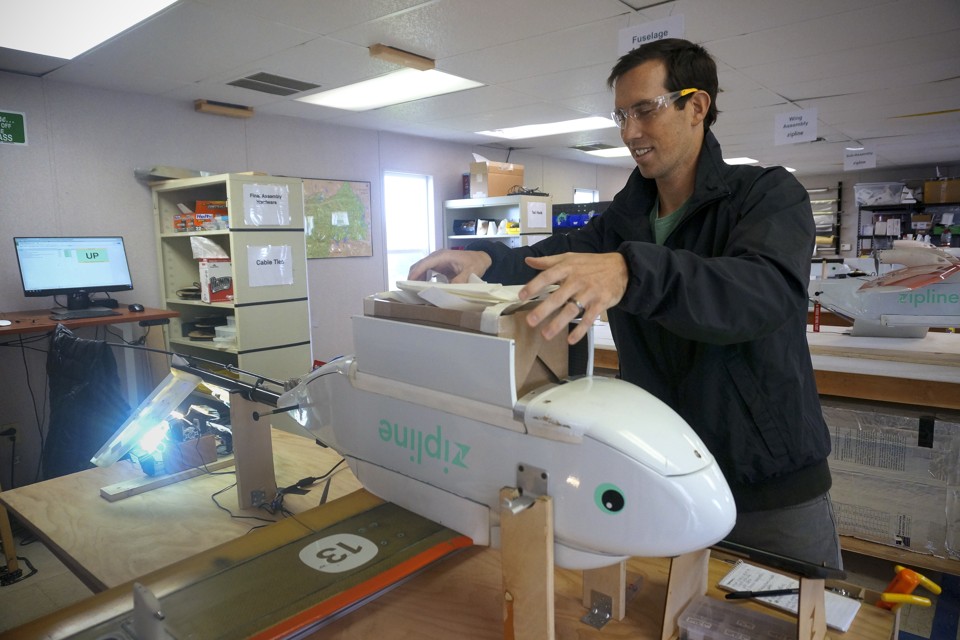Recently
we discussed what might happen if drones begin making commercial deliveries inthe United States. The attendant
surveillance and sky-traffic might make things a little weird, particularly in
urban areas. However, it’s important to
note that non-commercial drones could make some very important deliveries out
beyond where traditional services usually roam…
According to TheVerge.com, a new drone program called “Zipline” could soon help to bring
medical supplies (including blood) to remote areas in times of emergency. Rural communities in the states of Washington,
Maryland, and Nevada (including Native American reservations) could be
tremendously aided by the initiative.
Keller
Rinaudo, Zipline’s founder and CEO, explained, "When you look at rural or isolated
communities, particularly Native American populations, populations that live on
islands, you have serious health outcome inequalities…There’s a linear
relationship between how far away you live from a city and your expected
lifespan. So our hope is that this type of technology can solve those kinds of
inequalities."
 |
| Death from above? Not these drones... (Image courtesy dailymail.co.uk.) |
Zipline,
which launched in 2014 after being partially funded by Microsoft founder Paul
Allen, had gotten its start delivering blood and medical supplies in
Rwanda. It is expected to be operational
across half of that nation by the end of August, and is also looking to expand
to other parts of East Africa.
| These little air-ambulances get the job done! (Image courtesy geekwire.com.) |
UAVs
(unmanned aerial vehicles) have become the “flying cars” we dreamed of for the
future…just not with us as passengers.
However, current FAA rules still mandate that all drones remain in sight
of their operators. Zipline is working
in conjunction with the White House to obtain a waiver for this law, with the
intent of being operational in America within six months.
 |
| No parking spaces or fancy runways needed! (Image courtesy somedrones.com.) |
The UAVs, known as “Zips”, can tote three pounds of blood or medicine through the air, and can fly up to 75 miles on a single electric charge. Their navigation systems rely on GPS and cellular networks for accuracy. Deliveries can be ordered by text message from approved hospitals, and can arrive within 30 minutes – even better than pizza.
While
India has a similar medical-drone delivery system for organs, and the ladies of Ghana can obtain birth control via UAVs, the medical-drone concept is still a relatively new one
in the U.S. However, with an overwhelmed
health care system and difficulty of medical access for a striking number of
citizens, this new system could help level the field of caregiving. And best of all, they’re not “levelling the
field” like some other, less care-oriented drones do.
 |
| The little blood-drop icon shows where the drones will be GIVING blood, not explosively extracting it. (Image courtesy mic.com.) |

No comments:
Post a Comment